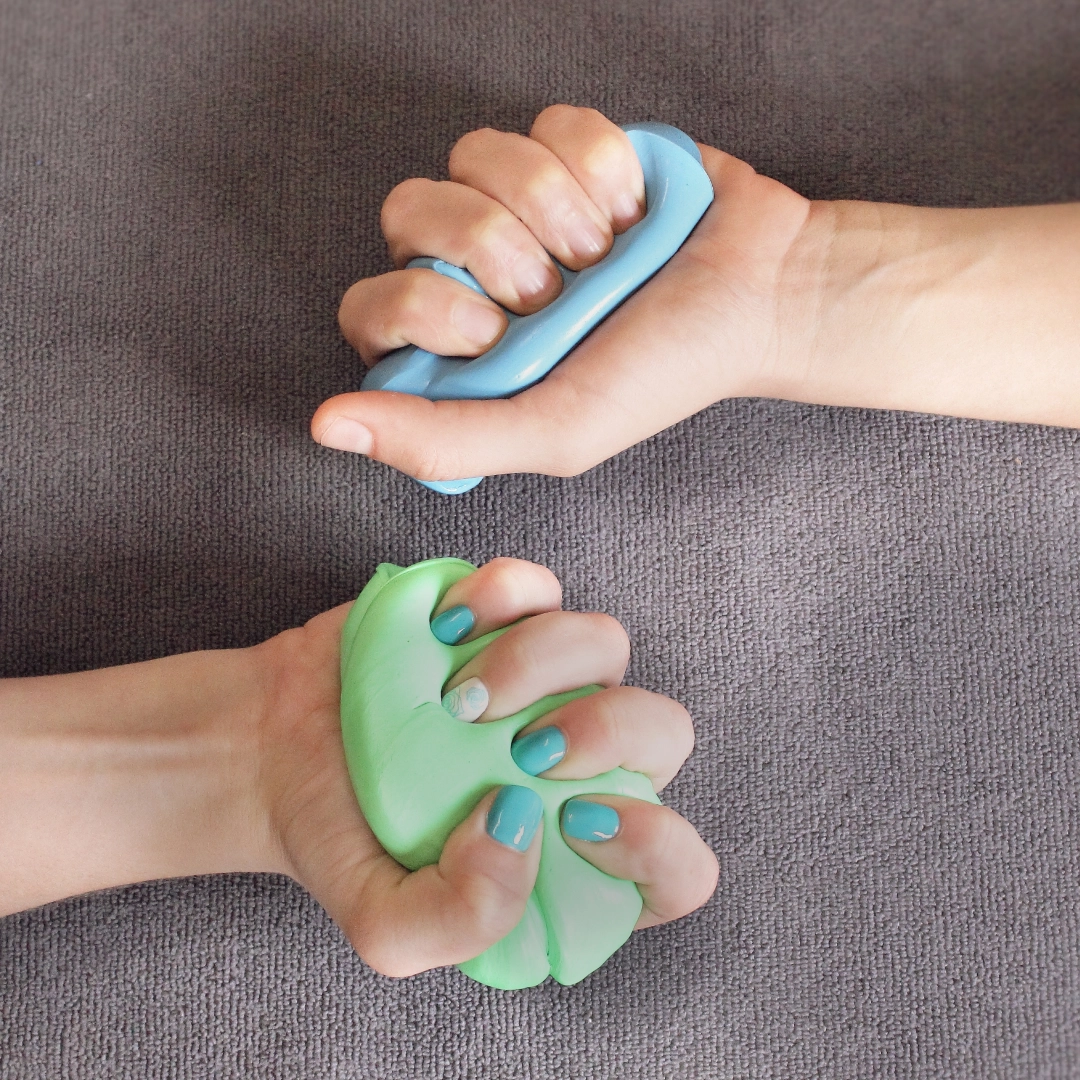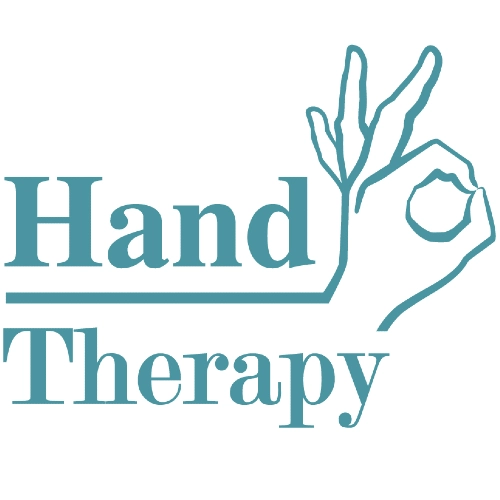A Dupuytren’s contracture is when the skin and soft tissue in the palm of the hand forms a nodule of hard tissue that pulls one or more of the fingers down into the palm. At first it will start as a small bump on the top part of the palm of your hand. It will progressively grow to become harder and bigger while pulling your finger down more and more, until you are eventually unable to straighten the finger(s) at all.

What is a Dupuytren’s contracture made up of?
Dupuytren’s contracture involves a layer of soft tissue just below the skin on the palm of your hand called the palmar fascia. The palmar fascia becomes abnormally thick, creating a cord that pulls down the fingers into your hand. Tendons, nerves and blood supply all run below this layer, but is usually uninvolved. Only when the contacture has been there for years, other structures like nerve, tendons and blood vessels are implicated.
Diagnosis of Dupuytren’s contracture
We are experienced in testing the different types of problems that can cause your hand & finger problem. Our specialists use a variety of clinical evaluations to determine the extent of the damage. We develop a certain dexterity to detect a problem and distinguish if the nerves, blood vessels or tendons are involved, before any scans are indicated.
If your test results prove that we suspect that you may have another problem relating to the fascia, we will require further investigation. The first on the list will be a Sonar.
Don’t
Must Do
Makes it worse
A big problem we see with a Dupuytren’s contracture these days:
Surgery
Surgery attempts to completely remove the palmar fascia. After a patient has surgery, scar tissue forms. Scar tissue is a dense tissue that looks like a spider web. It helps to close a wound very well, but in some cases it can restrict the normal slide of the tendon, nerve & blood vessels.
This can be quite counterproductive; seeing that this is what caused the loss of movement in your fingers in the first place and leading to a never ending cycle. Consulting a trained therapist is very important to ensure that scar tissue is guided to prevent any restriction on the skin and underlying tendons, nerves & blood vessels.
Waiting too long
When you wait too long before getting treatment the contracture can become stiff, hard & firm leaving the fingers in a permanent bent position. If the contracture progresses too far there can be soft tissue implications that will leave you needing skin grafts and other soft tissue reconstruction when it’s finally surgically released.
This implicates the length and severity of the rehabilitation process, making it very difficult to regain full use of the hand. Research has shown that if moderate symptoms occur for longer than 6 months the effects of conservative treatment is less successful to regain full function.
OT treatment for Dupuytren’s contracture
Splinting – Sustaining the hand fascia in a stretched position, is vital to prevent the fingers and palm to bend. A hard splint is used to ensure ideal position.
Exercises – We focus on keeping the muscles and tendon gliding and contracting like it should. Will gradually progress you on a program to challenge the tendons & muscles at different ranges.
Tendon gliding – Getting the tendon free from the obstruction, and the restoring its normal slide through the palm.
Strength training: The tendon will need gradual loading exercises to recondition the tendon.
Sensory retraining – To restore the normal feeling in your fingers, the the nerve is affected.
Oedema management – Reduce swelling in and around the hand and fingers
Phases of Rehabilitation & Treatment:
Healing & Recovery Time
Without surgery we are able to restore it to normal function using our 12 week program.
You will need a comprehensive rehab program after your surgery and it may take up to 6 months to recover. We suggest you consult a health care professional if you are uncertain regarding your hand pain.
Medical management
Most cases end up having surgery due to poor initial management & patient neglect to recognise the problem.


Surgery of a Dupuytren’s contracture
Surgery attempts to completely remove the palmar fascia. Fasciotomy (‘otomy’ meaning opening/ release of… in this case fascia). After a patient has surgery, scar tissue forms. Scar tissue is a dense tissue that looks like a spider web. It helps to close a wound very well, but in some cases, it can restrict the normal slide of the tendon, nerve & blood vessels.
This can be quite counterproductive seeing that this is what causes the loss of movement in your fingers in the first place.
What else could the pain be?
- Finger dislocation
- Trigger finger
- Finger pain
- Mallet finger
- Tendinitis in the finger
Other Injuries
Our Partner
Well Health Pro is a medical group of professionals that treat a wide range of muscle, joint, tendon & nerve problems.
